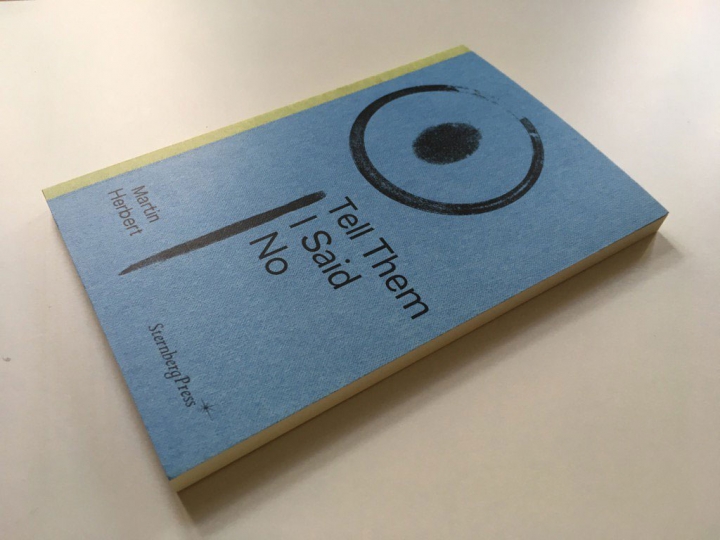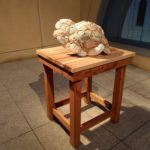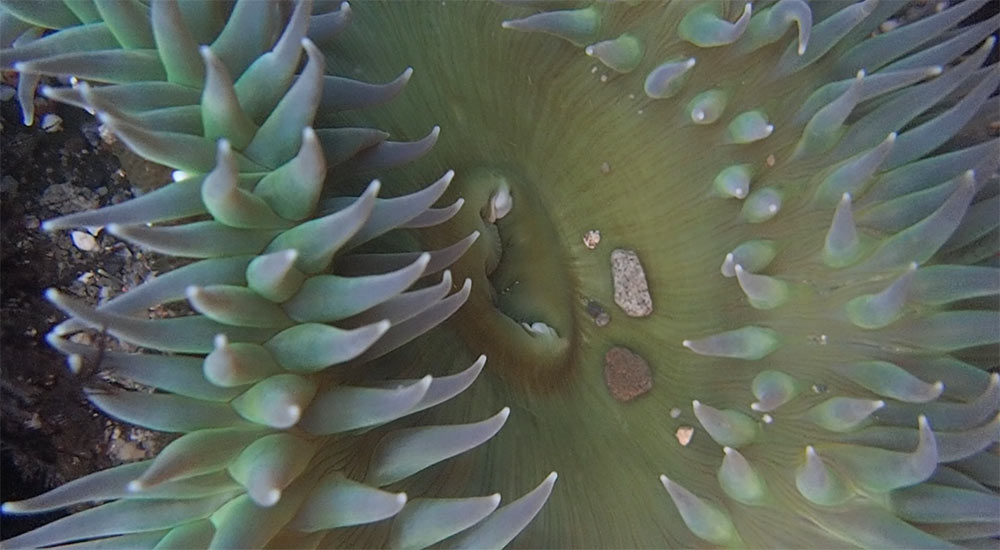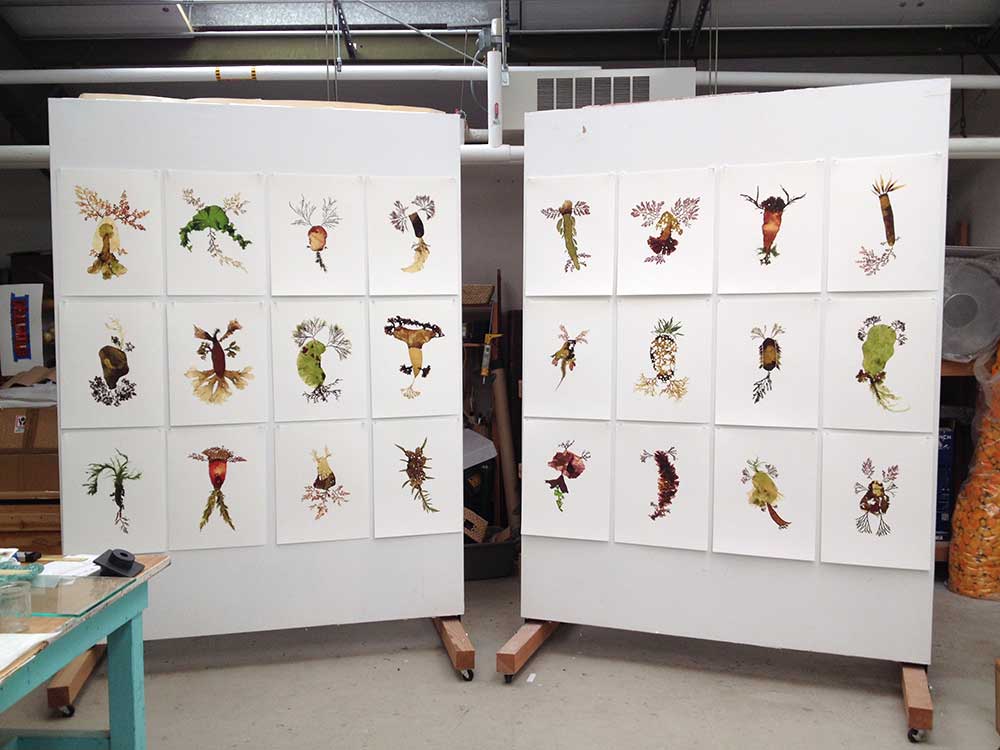I just ordered this book from a store in Oregon:
I ordered it, ostensibly, for the graduate seminar I’ll be teaching this spring on “professional practices” for artists. It’s good to have alternatives. While I wait, I’m indulging in a fantasy about this book: that it will give me great peace of mind, reassurance, and affirmation. It will be humorous, and it will make me believe that capitalism is a weak force in the universe.

Also while I wait, I continue to shoot video of tide pools for a new work in progress. I shot this footage above yesterday. In case it’s difficult to see what it is, it’s a hermit crab thrashing another hermit crab against a rock, over and over again. Yes, it’s a gif that I made out of about two seconds of footage, but I watched this happen for a good five minutes – all of it recorded – before the thrasher hauled the thrashee away in a huff. I imagine it was a huff. To any hermit crab experts out there, what was this all about? The thrashee is clearly smaller, much too small to donate it’s tiny shell to its abuser. I get stressed out, watching it… which makes me wonder why I made it.
 I mentioned these prints in an
I mentioned these prints in an 






